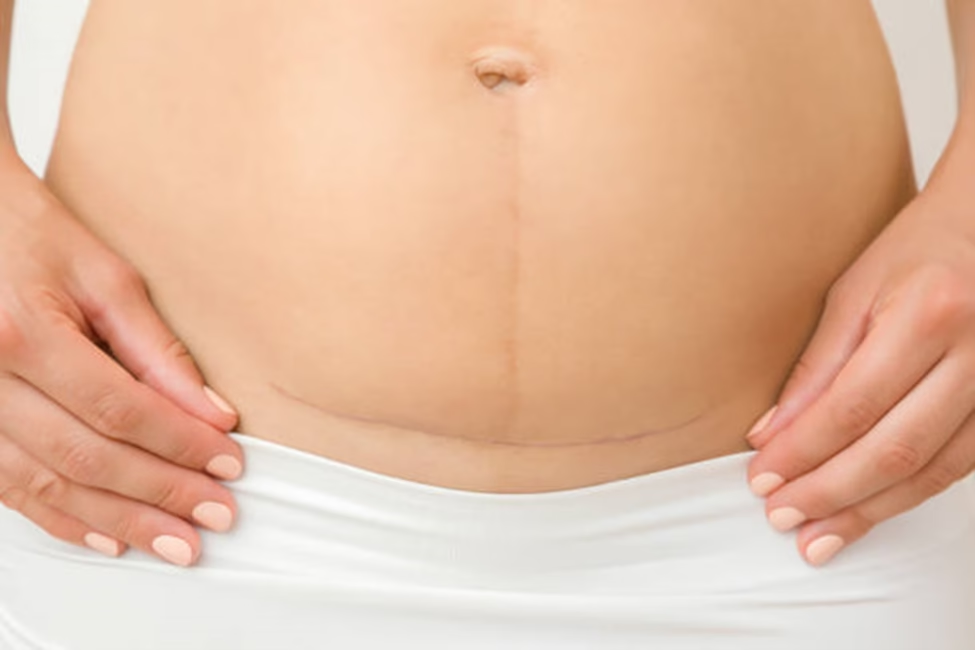Dr. Viral Desai, an acclaimed cosmetic and plastic surgeon in Mumbai, explains:
“In today’s fast-paced world, many people neglect their increasing waistlines due to stress and lifestyle choices. Tummy tuck surgery offers a solution, but the concern around scarring is natural. With advanced techniques and proper care, these scars become a minor detail in the larger picture of renewed confidence.”
This blog explores the stages of scar healing and tips for addressing potential concerns, offering a comprehensive guide for anyone considering or recovering from a tummy tuck.
Tummy Tuck Scar Healing Stages

“Healing is not a race; it’s a journey. To optimize results, patients must prioritize consistent care, such as moisturizing and using sunscreen on scars. Remember, your body is healing beneath the surface even when progress seems slow.”
Tummy Tuck Scar 6 Months Post Op

Adherence to scar management protocols, such as applying silicone sheets, moisturizing, and avoiding direct sun exposure, can make a significant difference. For some patients, minor pigmentation or residual redness may linger, but these often improve in the following months. Patience is crucial as scars continue to mature and fade over a year or more.
When Should You Be Concerned About Tummy Tuck Scars?

Early intervention can prevent minor concerns from developing into more significant health issues.
Conclusion

Dr. Viral Desai, a distinguished celebrity Plastic and Cosmetic Surgeon in Mumbai, concludes:
“Modern surgical techniques and aftercare options ensure scars are minimized, offering patients the best aesthetic outcomes. It is also important to have realistic expectations and patience during recovery, as well as consistent scar care for optimal results. Always remember, your well-being and satisfaction are our priorities.”
Frequently Asked Questions
When can I expect my tummy tuck scar to heal fully?
Are there treatments to improve tummy tuck scars?
Can scar tissue cause discomfort after a tummy tuck?
What factors affect how my scar heals?
Should I be concerned if my scar feels itchy?
https://www.plasticsurgery.org/cosmetic-procedures/tummy-tuck/results
https://my.clevelandclinic.org/health/treatments/24004-tummy-tuck-scar
Disclaimer: The information shared in this content is for educational purposes only and not for promotional use


